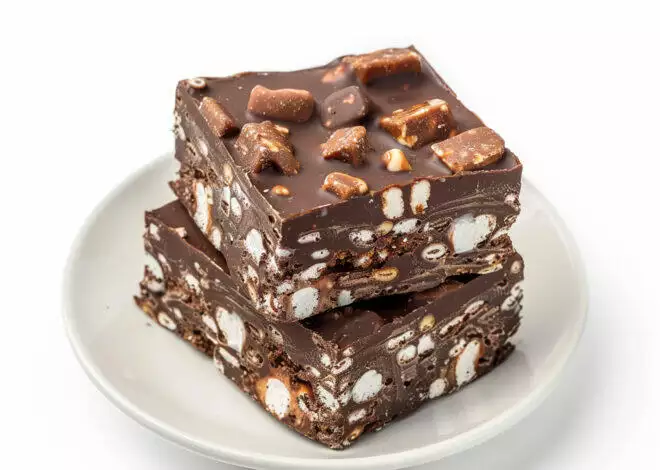Want to know why toddlers reject vegetables? It might sound far-fetched, but it’s actually because most parents teach them to!
Of course no one deliberately says, “Hey, we’ve got to stop this veggie-eating thing. It’s time to make sure Lucy loathes lima beans,” but most parents don’t take an active role in helping their children cultivate a taste for vegetables.
In fact, they teach their kids to prefer other kinds of flavors instead. As a Food Sociologist who’s done a lot of work in the field, I’m here with some counterintuitive advice: Don’t worry so much about vegetables! Instead, pay attention to all the other foods you regularly feed your kids because therein lies the answer to veggie eating.
Are You A Nutrient-Detective?
This is how most parents get into trouble “Nutrient-Detectives” look for foods that meet two criteria: they deliver nutritional benefits (at least minimally) and their kids will like them. But this type of approach ends up restricting rather than expanding your kids’ palates because it encourages parents to feed children foods with similar tastes and textures.
Instead of assessing food in terms of nutrients, become a “Taste-Bud Shaper.” Consider food from your child’s perspective, and think about how it tastes. Taste-Bud Shapers recognize that every bite of food can influence kids’ taste preferences.
A recent study showed that when children favor foods that are high in sugar, fat and salt they typically don’t like naturally flavored foods (like vegetables). Sadly, most “Child-Friendly” foods are high in sugar, salt and fat. This is true of sweetened yogurt, apple juice, Goldfish crackers, pizza, cheese and the list goes on.
From a nutrition perspective, these foods barely pass the parental “sniff-test.” From a habits perspective, they’re a disaster. If you give your children a lot of sweet, salty, and high fat foods throughout the day then these are the flavors their taste buds will come to expect.
It’s not just the number of times your kids eat peas which determines whether or not they like peas. What matters is the range of flavors your kids are exposed to throughout the day, and how those flavors compare to peas. If you don’t consciously shape your kids’ taste buds to like vegetables, you’ll end up teaching them to dislike vegetables instead.
Don’t believe me? Chart all the foods your kids eat for a couple of days, noting whether they are sweet, salty or full of fat. Go ahead. I dare you!
Once you’ve identified poor eating patterns, you can start training your kids’ taste buds in the right direction with the following steps:
- Gradually wean your child away from sugar, salt and fat.
- Temporarily add sugar, salt or fat to veggies so they will taste more like the other stuff.
- Shift your children’s daily diet towards more fresh, natural foods.
- Use “Child-Friendly” foods as occasional treats, not a diet staple.





